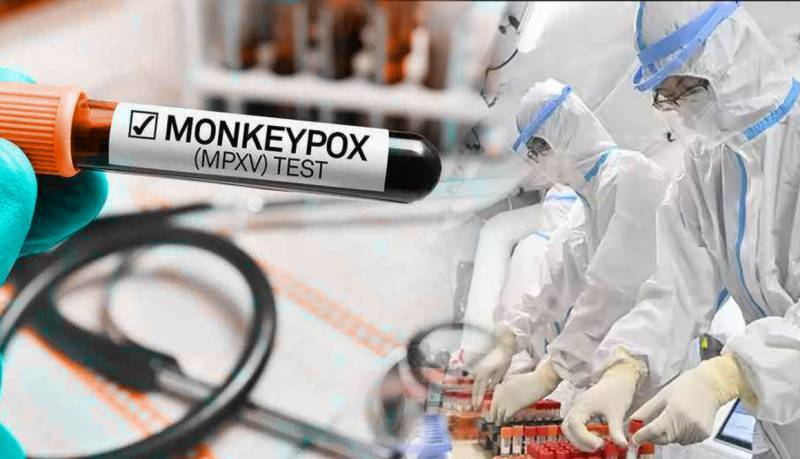The virus that causes monkeypox is mainly spread from animals to people and it is a member of the ‘Poxvirus’ family of viruses, which has 83 virus species in all and is further subdivided into 2 subfamilies with 22 species each.
Smallpox, one of the viruses in the aforementioned family, is also referred to as its cousin due to the similarity of the symptoms between it and monkeypox.
It should be noted that although the World Health Organisation now refers to the disease as “Mpox,” it is still commonly known as “monkeypox.”
In 1958, a smallpox-like illness spread among groups of monkeys used for study, leading to the discovery of monkeypox.
The monkeypox virus comes in two varieties: Central African and West African. Compared to the West African monkeypox virus, the Central African monkeypox virus results in more severe illnesses and fatalities.
Flu-like symptoms including fever, headache, muscle aches, and lethargy that might last a day or two are typically the first signs of monkeypox.
The rash begins one to three days after the fever, and after a few days it spreads to little areas of red skin all over the body.
After some time, they could develop into blisters that eventually filled a whitish fluid.
Due to the rash’s resemblance to chicken pox and the fact that it normally goes away on its own after a few weeks, monkeypox is typically not considered dangerous. However, it can occasionally be severe, and deaths in West Africa have been documented.














